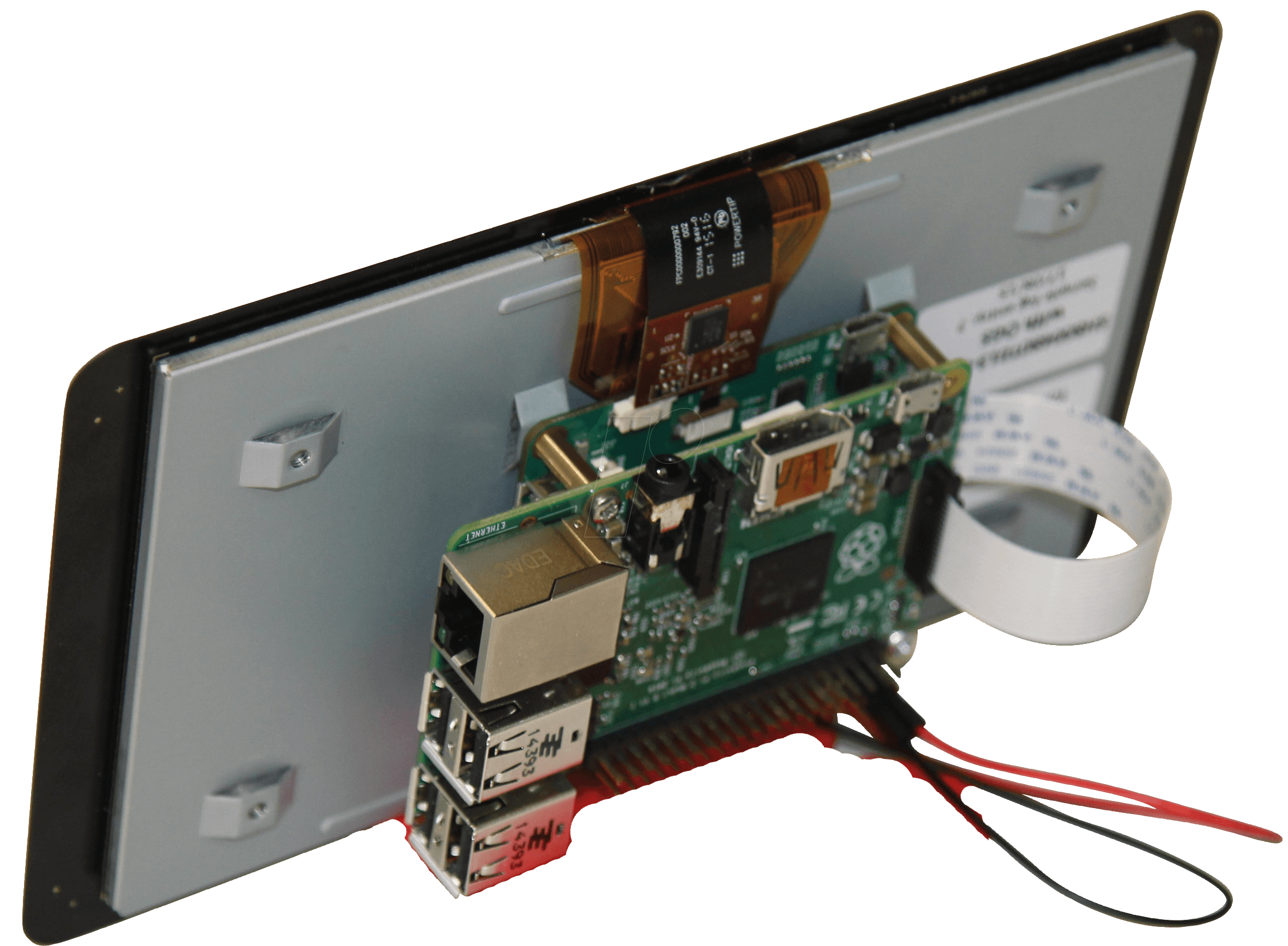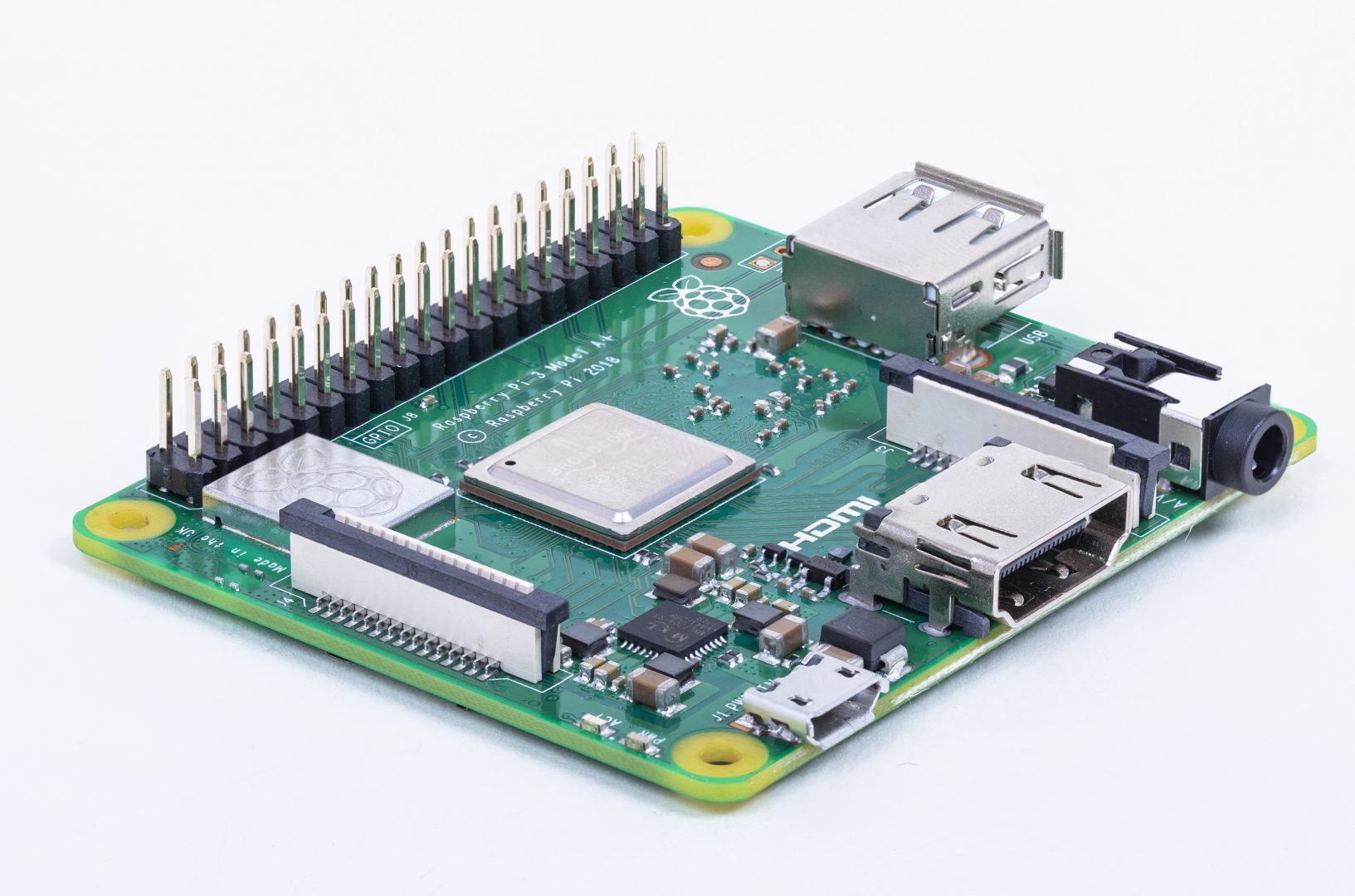


fix error message when no previous search was performed #100.Show error message about libgcrypt-config.I just noticed that Arch's official is still stuck in the 0.14.0 January 2021 version.īut, upstream, has released 0.14.1 in May 2021 But it doesn't look like the developers think that way: the getelementbyid branch is currently receiving very active development focused on JS support, see (currently ).Ī question about javascript (evil/good ?) to all commenters here.Īrch's official package with their PKGBUILD and CHANGES: I'd welcome it-javascript is a security disaster even for established browsers, and putting it into a small project like a terminal browser is calling for trouble. Get rid once and for all for everything javascript related. I have no experience with autoconf, but to me it looks like the generated scripts in the projects haven't been updated since 2004 and they fail some detection on recent systems. I needed to add a autoreconf -ifv to make it work, which I've also committed to the PKGBUILD. I've added the architectures you suggested. I tested this on a Pi 4 and it seems to run on aarch64-but I only made a quick test with default config. I didn't look through everything though.Įlinks-0.14 compiles fine, so I've switched to that branch for now (currently version 0.14.1). I've compared the 0.14.1 release tarball with the elinks-1.14 branch and couldn't tell if that's where the source comes from, because it looked like a different state of the project. Yes it's been like that on master for a while, and there haven't been any changes to that branch for all that time. I think it's that "infamous" ld linker thingy error again: Git version with Javascript disabled by default. To An advanced and well-established feature-rich text mode web browser. Guarantee that my "elinks-git" wont be able to execute any javascript at all in my computer ?Īnd if that is true, may I suggest that the PKGBUILD description be edited from: An advanced and well-established feature-rich text mode web browser. In case the developer "stuffs" javascript support by default, do these options in the PKGBUILD: -without-spidermonkey \ In that case, what I wanted to make sure is what I'll be getting in the future if I use this, "elinks-git" PKGBUILD. And if so, I assume the official Arch package will just follow that right ? And so the Arch official "elinks" package will support javascript. So, the main developer, rkd77, is still aiming at some sort of javascript support then. Just checked the master, I see JavaScript is currently disabled. I just randomly read this in the repo and assumed it was the project direction. But it doesn't look like the developers think that way This line defines the APN details for the SIM you're using, in this case pp.For your comment and clarifying things !. This file contains the bulk of wvdial's config, let's step through the most important lines you'll need to edit to suit your own config. The last three lines are important to add if they're not there already as these ensure the system changes the dns settings (/etc/nf) and the default route to suit the PPP connection whilst wvdial is active.
#ELINKS RASPBERRY PI SERIAL#
The default demo OS image has wvdial already installed and configured by default, installing this into the stock OS requires some fiddling as the wvdial's post-install sequence usually hangs when trying to probe serial ports looking for modems (this can be avoided by installing a sample nf file into the /etc directory before installing it) It is usually possible to re-configure the modem to bring back the required AT & PPP com ports if desired though. It's worth mentioning before we begin that on newer LTE modems the QMI interface is now the preferred method of attaching to the cellular network (rather than ppp over serial) as this provides a maximum data throughput link. Connecting To The Internet Using PPP connectionĪ pppd connection is probably the most controllable method of connecting to the internet via the modem, there are various methods of achieving this (ideally using a pppd wrapper script - see link at bottom for example) however for the sake of this demonstration we will use bundled command line utility called wvdial which does all the heavy lifting for us.


 0 kommentar(er)
0 kommentar(er)
